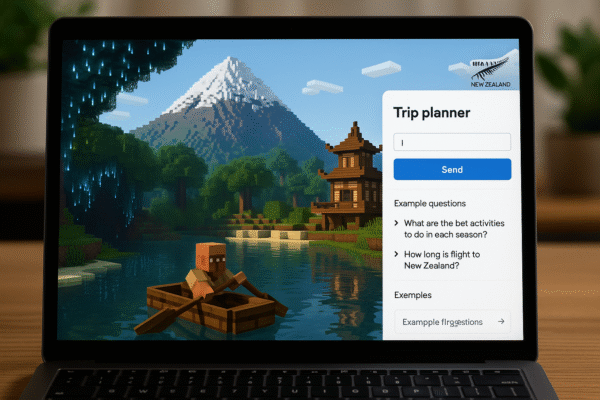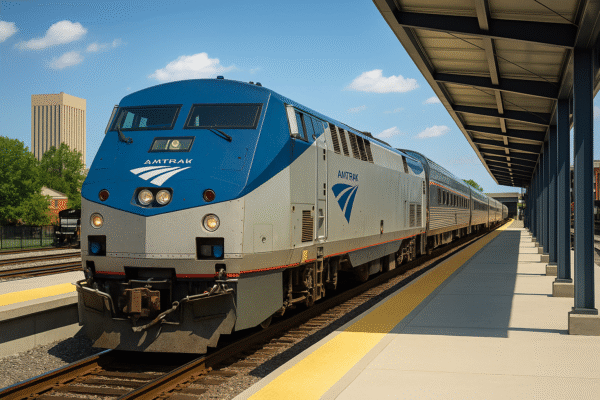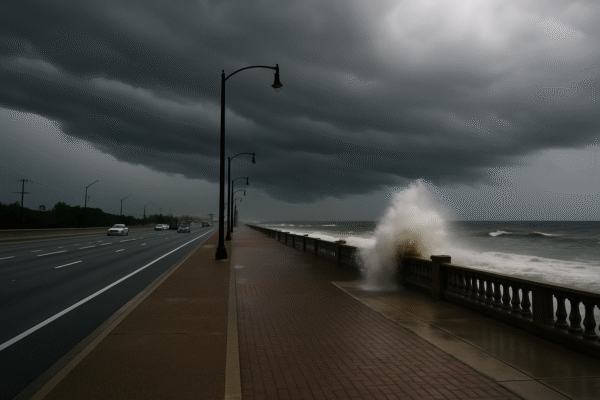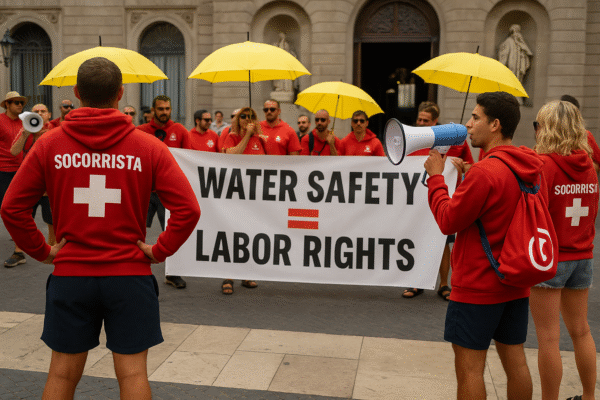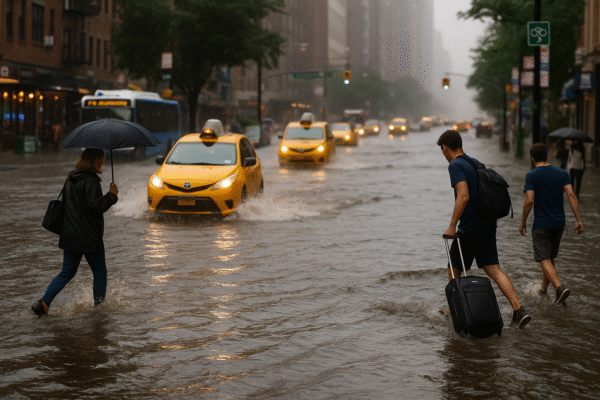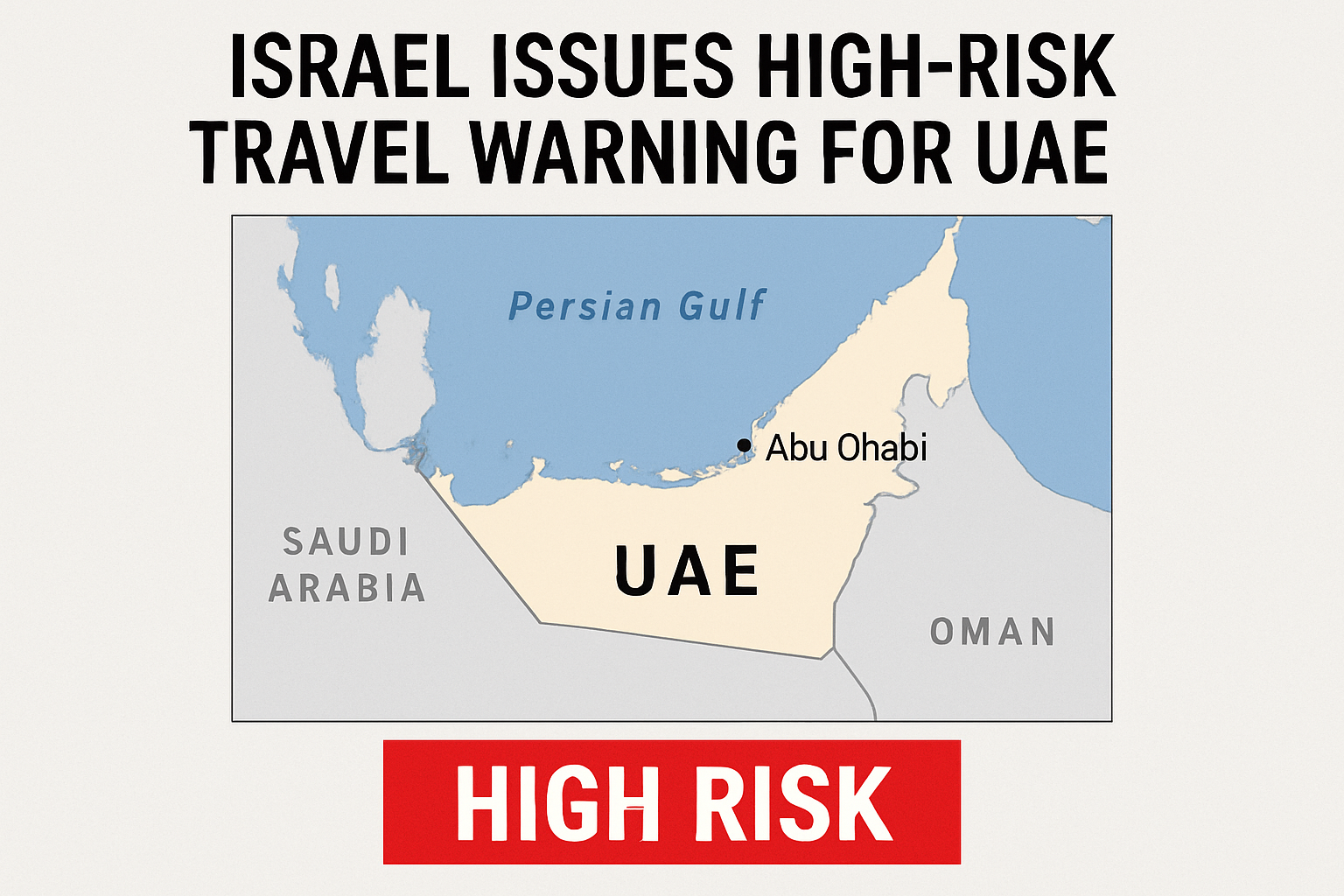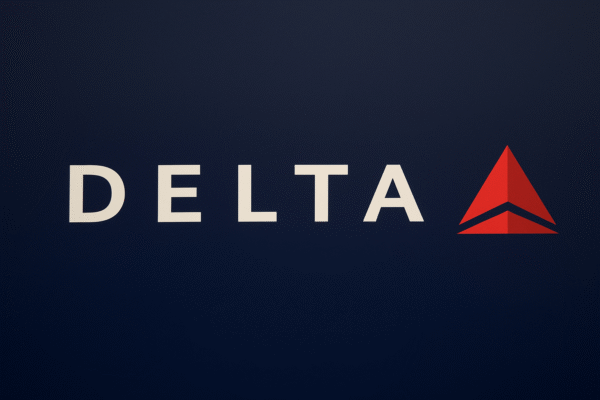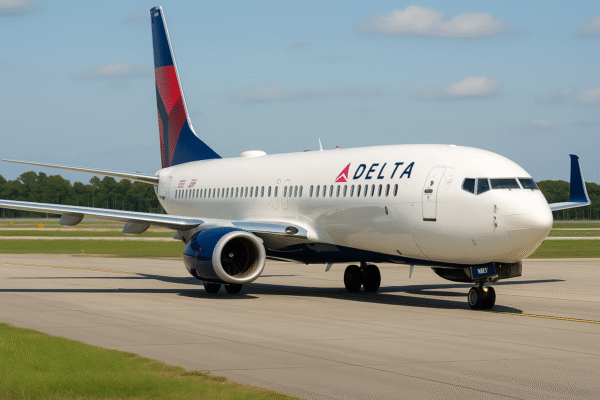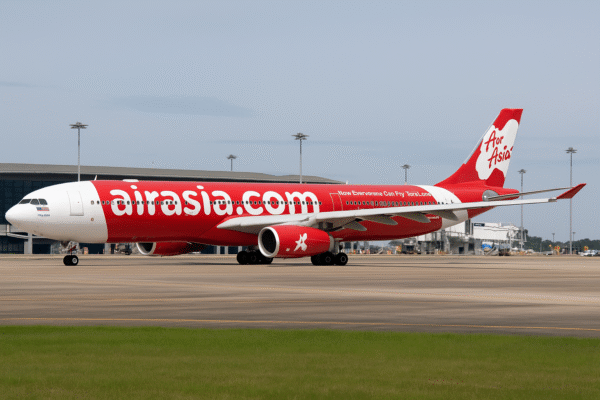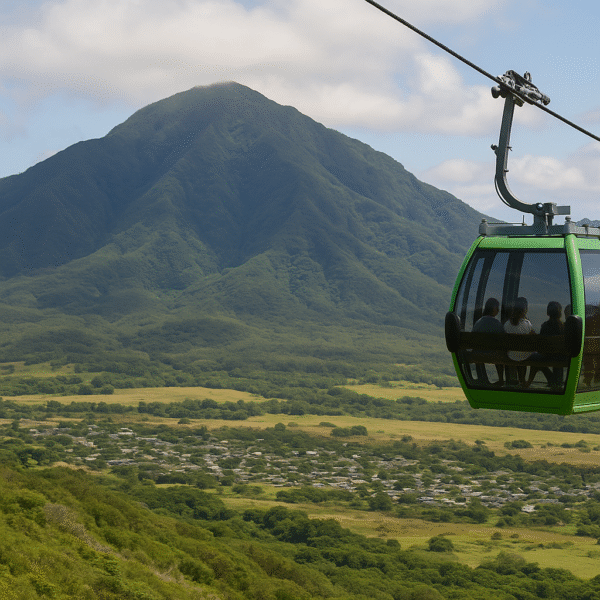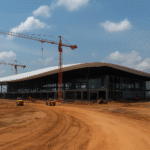O‘ahu’s North Shore—long celebrated for its rural charm and spiritual significance—is now the epicenter of a heated tourism debate. A proposed gondola and zipline attraction, slated for the slopes of Mount Ka‘ala, has sparked widespread community opposition, drawing attention to the growing tension between mass tourism development and culture-based tourism in Hawai‘i.
A Scenic Proposal Meets Sacred Resistance
The developers of the Mount Ka‘ala project present it as an “agritourism experience,” including a gondola (aerial tramway), zipline courses, hiking and biking trails, and a cattle operation. Set across thousands of acres of agricultural-zoned land, the project is projected to attract up to 1,700 daily visitors to the quiet mountainside community.
But to many local residents and cultural practitioners, this isn’t an opportunity—it’s a threat. Mount Ka‘ala, the tallest peak on O‘ahu, is revered in Hawaiian tradition as a sacred site. It holds ancestral, spiritual, and ecological significance, woven deeply into the mo‘olelo (stories) and practices of Native Hawaiians.
Community Voices Demand Respect and Cultural Stewardship
Opposition to the gondola isn’t rooted in a rejection of tourism itself. Rather, it stems from concerns over how tourism is being envisioned. Residents argue that the plan would compromise sacred lands, increase traffic congestion on narrow rural roads, and place strain on limited infrastructure such as emergency services and waste management.
“We’re not anti-tourist,” said one resident at a recent community meeting. “We’re pro-kuleana [responsibility]. We want visitors to learn, not just look.”
Critics say the project’s labeling as “agritourism” is misleading. The presence of cattle and crops appears to be minimal compared to the large-scale recreational infrastructure proposed. The gondola, they argue, is not an educational farm tool, but a tourist attraction thinly veiled under a legal loophole.
Why the Mount Ka‘ala Case Matters for the Future of Hawaiian Tourism
This controversy has ignited a wider conversation across the Hawaiian Islands about the future of tourism. Should Hawai‘i continue to welcome mass-market attractions that prioritize entertainment and volume? Or should it shift towards regenerative tourism—built on cultural integrity, environmental balance, and local participation?
A recent report by the Hawai‘i Tourism Authority (HTA) reinforces this pivot. It emphasizes “Destination Management Action Plans” (DMAPs), which focus on community-led tourism planning and a shift from quantity to quality. O‘ahu’s own DMAP highlights the need to protect cultural and natural resources and support community-based initiatives.
An Alternative Path: Cultural and Ecological Tourism
Instead of a gondola attraction, local stakeholders suggest low-impact, culturally enriching alternatives, such as:
- Guided cultural walks led by Hawaiian educators
- Small-scale farming tours rooted in indigenous agriculture
- Voluntourism opportunities tied to native forest restoration
- Eco-lodging that supports local stewardship and minimizes environmental footprints
- Storytelling events and workshops preserving Hawaiian oral tradition
These alternatives align with global trends. According to the Global Sustainable Tourism Council (GSTC), more travelers are seeking immersive, ethical experiences that honor the places they visit. In Hawai‘i, this means tourism rooted in aloha ‘āina—love and respect for the land.
Legal Loopholes and Land Use Tensions
At the heart of the debate lies another critical issue: land use regulation. By branding the gondola plan as agricultural development, the developers hope to bypass stricter zoning laws that would normally restrict commercial ventures in rural areas.
This has prompted legal scrutiny and public outcry. Many believe such zoning loopholes enable large-scale tourism infrastructure to be built under false pretenses—undermining the spirit of land protection policies.
A Lesson for Tourism Developers Worldwide
What’s unfolding on O‘ahu’s North Shore offers lessons far beyond Hawai‘i. Tourism, when developed without community consent or cultural context, risks eroding the very elements that make a destination unique. Developers must prioritize transparency, long-term impact, and meaningful engagement with host communities.
Instead of asking how many people a place can hold, the better question might be: “What kind of visitors should come, and what should they learn?”
The Broader Movement Against Mass Tourism in Hawai‘i
The Mount Ka‘ala conflict joins a list of high-profile tourism flashpoints in the state. From Ha‘ena State Park on Kaua‘i to Mauna Kea on Hawai‘i Island, communities have increasingly asserted their voices in land stewardship.
The HTA’s own surveys show strong resident sentiment against unchecked tourism. Most respondents support limiting access to sensitive sites, implementing reservation systems, and enforcing cultural education for visitors.
Conclusion: Mount Ka‘ala as a Turning Point for Island Development
The future of tourism in Hawai‘i stands at a crossroads. The Mount Ka‘ala gondola proposal has become a symbol—not just of local opposition, but of a deeper shift in values. It highlights the urgent need to move beyond entertainment-based development and toward tourism that nourishes both the visitor and the host community.
This moment invites reflection. Will Hawai‘i continue down a path of high-volume, high-impact attraction-building? Or will it choose a more respectful, inclusive, and sustainable model—one grounded in aloha, mo‘olelo, and mālama ‘āina?
The decision will shape not only the future of Mount Ka‘ala, but the spirit of travel across the Pacific.
For more travel news like this, keep reading Global Travel Wire

